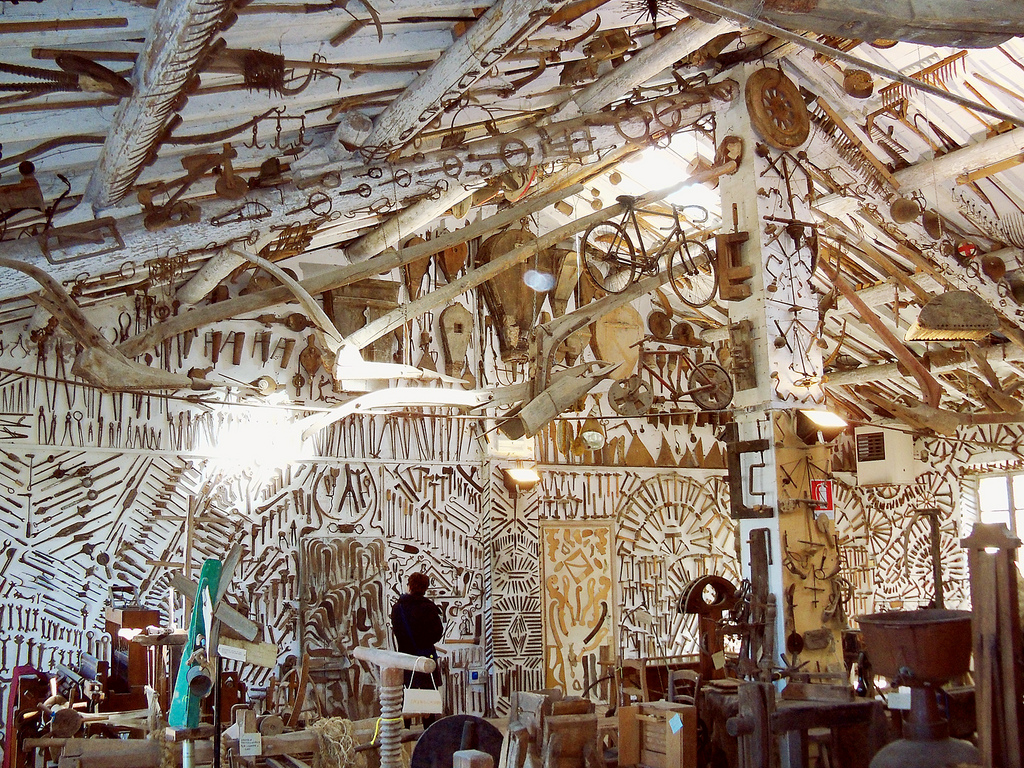 Simbdea (Società Italiana per la Museografia e i Beni Demoetnoantropologici – Italian Society for Museum and Heritage Anthropology) was founded in 2001 and its members are scholars, professionals, amateurs and volunteers who put the anthropological perspective and ethnographic methodologies at the service of the documentation, production, enhancement and dissemination of multiple informed views on museums and (tangible and intangible) heritage, which we see as the crucial sites where to engage in activities of intercultural education, shared cultural production, and experimental practices of representation.
Simbdea (Società Italiana per la Museografia e i Beni Demoetnoantropologici – Italian Society for Museum and Heritage Anthropology) was founded in 2001 and its members are scholars, professionals, amateurs and volunteers who put the anthropological perspective and ethnographic methodologies at the service of the documentation, production, enhancement and dissemination of multiple informed views on museums and (tangible and intangible) heritage, which we see as the crucial sites where to engage in activities of intercultural education, shared cultural production, and experimental practices of representation.
Simbdea has always promoted a broad and unitary vision of heritage, with no distinction between its tangible and intangible expression. We view cultural heritage as the site of active, multiplex, and polyphonic contemporary processes shaping past and present human relations and conveying visions of possible futures. In 2012, we created an internal division specifically dedicated to intangible cultural heritage, denominated Simbdea-ICH.
We aim to serve our communities by strengthening and updating their theoretical and methodological tools, sharing anthropological knowledge and ethnographic experience, as well as by advocating (at the national and international level) for the safeguarding and enhancing of cultural heritage and the respect of both its bearers and professionals.
In particular, we engage in disseminating awareness of the distinctive value of the anthropological and ethnographic perspectives applied to the field of heritage, where they promote the access of so-called “minor”, or “alien” cultural resources to the existing value systems, so that they also may enrich both the substance and our understanding of the cultural heritage we share and contribute to build the foundations of richer and more harmonious future societies.
 Domain(s): (a) oral traditions and expressions, including language as a vehicle of the intangible cultural heritage;
(b) performing arts;
(c) social practices, rituals and festive events;
(d) knowledge and practices concerning nature and the universe;
(e) traditional craftsmanship.
Domain(s): (a) oral traditions and expressions, including language as a vehicle of the intangible cultural heritage;
(b) performing arts;
(c) social practices, rituals and festive events;
(d) knowledge and practices concerning nature and the universe;
(e) traditional craftsmanship.
Main Safeguarding measures:
a) identification, documentation, research (including inventory-making): Simbdea’s network of museum and heritage scholars and professionals regularly engages (both in museums, universities and territories) in activities of identification, documentation, and research on intangible cultural heritage. We are currently developing a project for the creation of a participated inventory of the intangible heritage of the local community of Cocullo, in Abruzzo, Italy.
b) preservation, protection: Our associates working in ethnographic museums throughout the national territory especially focus on the safeguarding and enhancement of the intangible dimensions of the collections they preserve, and regularly promote campaigns of documentation and public events aimed at the safeguarding and enhancement of both historical and contemporary local knowledge and know-hows.
c) promotion, enhancement: The ethnographic museums connected to Simbdea regularly engage in both local and national activities aimed to promote and enhance the local intangible cultural heritage of the communities who live in their surroundings.
Simbdea is currently working to create and develop a network among the existing Italian NGO’s working in the field of intangible cultural heritage, so to jointly further promote and enhance it.
d) transmission, (non-) formal education: Our associates who work in museums, universities and with heritage communities, consider crucial the education of new generations to the intangible dimensions of cultural heritage and the related contemporary social processes in which they act as protagonists.
e) revitalization: Working to build a more important sensibility of heritage communities about their memory and intangible heritage, our association contribute to the valorization and revitalization of folk traditions and local knowledge.
Main countries where the NGO works: Italy
Local, national or international level of the NGO: Local, National and International



One Comment